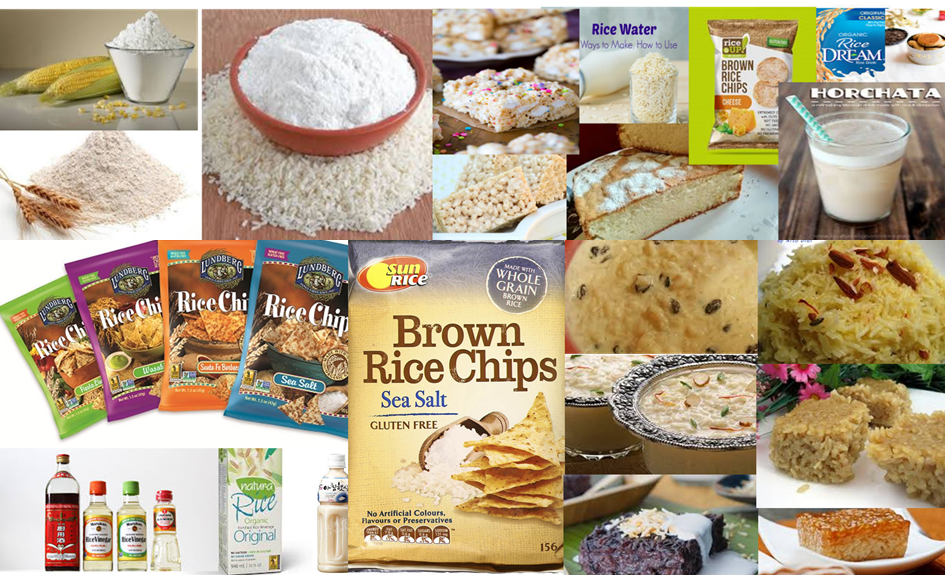Rice is the staple food and served as the main meal in Bangladesh. However, each person consumes 367 grams of the staple daily, down by 11 percent from 416gm in 2010, according to a latest report of the Household Income and Expenditure Survey (HIES). Globally, rice is being utilized as an alternative of wheat and maize to produce value added products like cookies, beverage and sweets.
On the other hand, per capita Wheat and Maize import is on the rise. Bangladesh has forecasted to import 6.5 MMT of Wheat in FY 2019 with a 65% growth from FY 2010 whereas Maize import is projected to be almost 1.5 times in same period (1.8 MMT in FY 2019) (Source: United States Department of Agriculture). Although there are specific use of Wheat and Maize, at least some of it may be replaced using rice variants.
Whether its milk, chocolate, plain, or cream filled, Bangladeshis loves biscuits, and it’s been driving a 15% annual growth rate in the country (Source: Financial Express). Currently the market size of biscuits and confectioneries in Bangladesh is around BDT 60,000 crore. Consumption of wheat flour is forecasted to grow to 7.7 MMT in FY 19 driven by increased consumption in processed foods (Source: lightcastlebd).
Rice powder is crispy. Bangladesh has demonstrated efficiency in rice production. The country is also accustomed with the conversion of rice to powder and other value added variant. Moreover, gluten is a protein found in wheat and for people with gluten sensitivity, Rice is an appropriate alternative. Overall, by promoting Rice as an alternative of wheat flour, variant use of rice can be explored which will in turn increase the wealth of Bangladeshi Farmers.
[Abridged from a detailed version of the article available inside]




